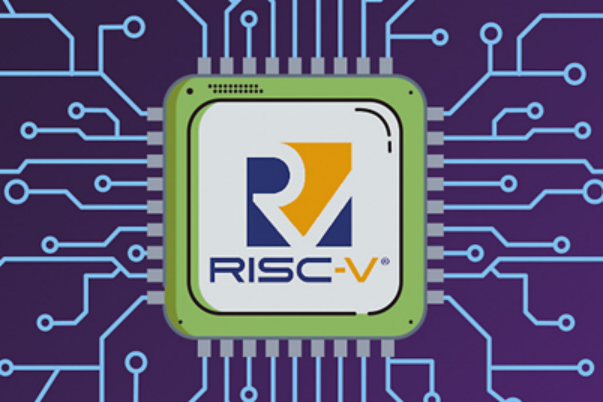
By Miranda Li
Not only Chinese startup companies but also large companies are embracing RISC-V, the new alternative IP core option, with rising potential, a recent JW Insights article noted.
The application of RISC-V is expanded from IoT to mobile terminals, automobiles, HPC, and other fields, with a market forecast of up to $ 1 billion in 2024 by consulting firm Deloitte.

Most chip companies tend to purchase pre-implemented IP core authorization from IP suppliers, instead of investing many resources in its development, for the sake of time and cost-saving on development and verification. There is no essential difference between the IP authorization mode of RISC-V and ARM, but the authorization fee of RISC-V costs much lower.
For small and cost-sensitive chip products, IP licensing fee accounts for a significant part. MCU manufacturers would rather adopt the low-cost RISC-V cores, for the licensing fee of RISC-V of similar performance in MCU is only about 30%–50% of ARM.
“The full competition in the RISC-V market leads to a lower price,” a Chinese industry insider said.
Based on the open-source RISC-V instruction set architecture, many global RISC-V IP providers have developed featured commercial IP cores, leaving more choices for chip makers.
“Being cost-effective” is not the only reason for the popularity of RISC-V in the market. Users may gain more control by using the RISC-V kernel.
“Let’s say, with an already low price, ARM’s medium and low-end IOT chip IP cores should be comparable to the RISC-V cores. However, small and medium-sized Chinese design companies prefer RISC-V cores for software adaptation and intellectual property (IP) protection control,” said Xu Li, vice president of products of StarFive Technology(赛昉科技), a leading Chinese player in RISC-V technology and ecosystem development, founded in Shanghai in 2018.
Diversified IoT applications require highly customized computing power yet are less dependent on processor performance and software ecosystem. The RISC-V kernel with a low threshold enables chip makers to quickly make customized chip designs for specific application scenarios at a low cost.
Zhang Lai, vice president of Chipintelli(启英泰伦), an AI ASR chip and application solutions provider based in southwestern China’s Chengdu, believes that companies can gain a high degree of freedom by adopting RISC-V architecture. The instruction set based on the RISC-V architecture can achieve multi-functions, weighting either on power consumption or performance, adaptive to the various applications in the subdivisions of IoT.”
Xu Li affirms that the adequate developer involvement and the abundant tools in the RISC-V ecosystem mark its rapid development.
“We’ve been devoted to developing chips, operating systems, and toolchains. The feedback collected makes us believe that the ecosystem development of RISC-V has entered a fast lane.” Xu added.
RISC-V is also accepted by Chinese designers for its modularization, scalability, and open-source attributes.
The open-source community plays a vital role in developing the RISC-V ecosystem, contributing to many tools crucial to RISC-V processors, such as process design suite, verification suite, and implementation tools.
Zhang Lai believes no fatal defects in the current RISC-V ecosystem but affirms room for further development.
Xu added that RISC-V achieved differentiated innovation by allowing companies to expand based on their capabilities in the subdivisions and integrate their strengths in its development.”
Liang Jiayi, business development director of Telink(泰凌微), China’s leading SoC producer focused on IoT implementations, founded in 2010, believes that RISC-V is ready to extend its application boundary.
RELATED
-
The IC design subsidiary of China’s listed IC distributor P&S completes testing of its first MCU product for automotive standard
11-20 16:26 -
Chinese electronic component company CETC mass produceds its Beidou satellite communication module for China’s major EV maker
11-20 15:55 -
China’s PC maker Lenovo will launch AI-powered PCs after reporting strong revenue growth
11-17 16:04
READ MOST

No Data Yet~







